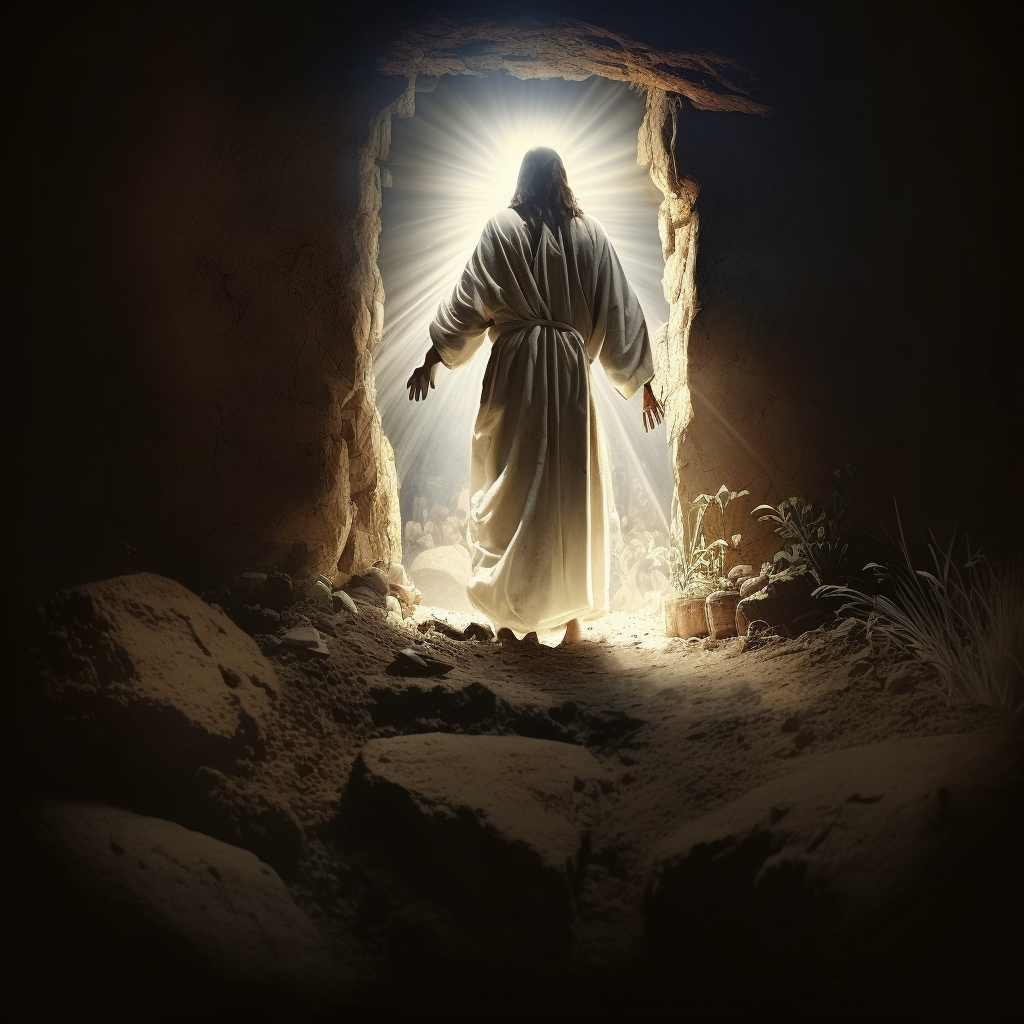By Rev Can Dr Moses Stephen Isabirye
In the fabric of human existence, there exists a phenomenon that transcends the boundaries of time, culture and belief systems.
This is the phenomenon of resurrection to which several religious traditions subscribe. Resurrection refers to the phenomenon of coming back to life after death.
Historically, resurrection has been depicted as the ultimate symbol of faith, hope, renewal, and transcendence (Michael Perry and Ultimate Bible Dictionary).
In Christianity, the resurrection is the central axis that holds the faith together (c.f., 1cor 15:14).
According to Augustine, in the resurrection process, God puts together the broken pieces by reconstructing the unity He desires (Calvin Dewitt).
In the resurrection, it is embedded in the Christian faith and hope.
So, beyond its religious connotations, resurrection holds a profound significance in the realm of human experience, serving as a key that unlocks the mysteries of life itself.
This article centres on how resurrection is key to the resilience of life, transformation and growth, the power of redemption and hope in the face of death.
The resilience of life
At its core, resurrection symbolizes the resilience of life in the face of adversity.
Just as plants emerge from barren Earth after a long drought, resurrection reflects the inherent capacity of life to regenerate and flourish (Concise Bible Commentary).
Jesus Christ is, Himself, the symbol and embodiment of resurrection and life (c.f; John 11:25-25). He proves this when He dies and rises again (c.f., Mark 16:1ff and S Davis).
Therefore, amid personal setbacks, societal upheavals, or global crises, the belief in resurrection offers solace and reassurance, reminding us that even in the darkest of times, there is always the possibility of renewal.
Transformation, growth
Resurrection is not merely about returning to a previous state, but it encompasses a process of transformation and growth.
Biologically, we see that the caterpillar undergoes metamorphosis to become a butterfly, shedding its old form to embrace a new existence.
Theologically, the resurrection is exceeding a metamorphosis process, since it involves divine transformation.
Biblically, the resurrection of believers follows that of their saviour and leads to the transforming of our bodies (c.f., 1Cor. 15:35ff, New Bible Dictionary and Davis).
Similarly, in our own lives, moments of resurrection often coincide with profound inner changes – a shedding of old habits, beliefs, and limitations, and a rebirth into a higher state of consciousness and understanding (c.f., Philippians 3:10-11).
It is through the crucible of suffering and adversity that we are turned into beings of greater wisdom, compassion, and resilience.

Power of redemption
Central to many religious narratives, resurrection embodies the power of redemption and forgiveness.
It offers the promise of second chances, allowing individuals to transcend their past mistakes and embark on a path of spiritual renewal (c.f., Romans 6:4).
The resurrection tells of God’s vindication of His creation and, so, our created life.
It is God’s final and decisive word on the life of His creatures. In Jesus’s resurrection is the redemption of all (CB Dewitt).
So, in a world fraught with judgment and condemnation, the concept of resurrection reminds us of the inherent worth and dignity of every human being, regardless of their flaws or transgressions.
It invites us to extend compassion and forgiveness not only to others, but also to ourselves, recognizing that true healing begins with acceptance and grace (Davis S and Perry M).
Hope in face of death
Perhaps the most profound aspect of resurrection is its promise of life beyond death.
In the face of mortality, it offers a beacon of hope, illuminating the darkness of grief and despair with the light of eternal possibility (c.f., 1 Corinthians 15:42-44).
Whether viewed through the lens of religious faith or existential philosophy, the belief in life after death provides comfort and reassurance, allowing us to confront our mortality with courage and serenity.
In the words of St Paul, even in death, the resurrection is sure hope that our bodies are like seeds that will soon be sown in the ground to await germination (The Applied New Testament Commentary).
Conclusion
In a world fraught with uncertainty and turmoil, the phenomenon of resurrection stands as a timeless symbol of faith, hope, renewal, and transcendence.
The Good News which Jesus proclaims to the world that He is the resurrection, and the life (c.f., John 11:25-26), is not theoretical.
We believe and teach that the same Jesus in His true flesh in which He was crucified and died, rose again from the dead on the third day (c.f., Luke 24:1ff).
And that He ascended into heaven from where He will come again to cause the resurrection of all believers to be with Him in eternity (c.f., 1Thes 4:13-17).
So, resurrection reminds us that even in the face of death and destruction, life has an inherent capacity for regeneration and growth (Stephen Davis).
Whether experienced on a personal journey of faith and transformation or embraced as spiritual truth, resurrection serves as a key that unlocks the deepest mysteries of existence, guiding us towards a future filled with faith, hope and possibility.
To God be the Glory!
The writer is a lecturer at the Bishop Tucker School of Divinity & Theology,
Uganda Christian University.






















